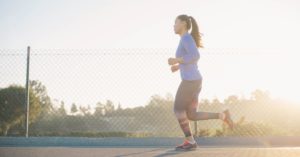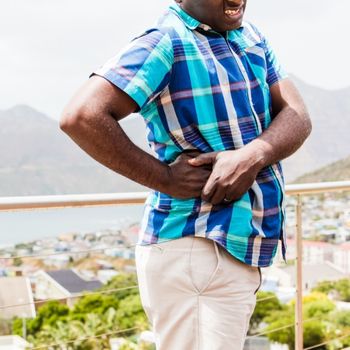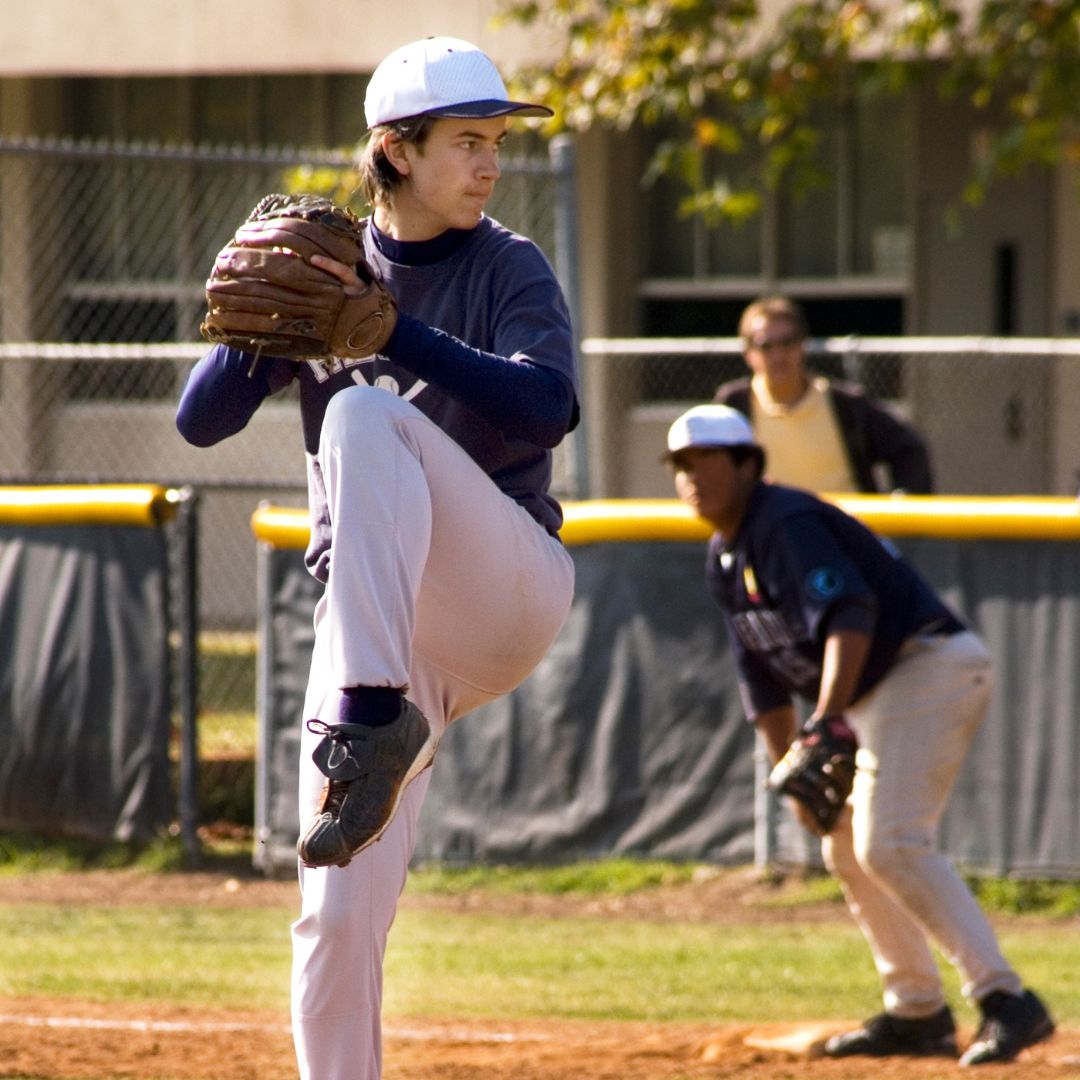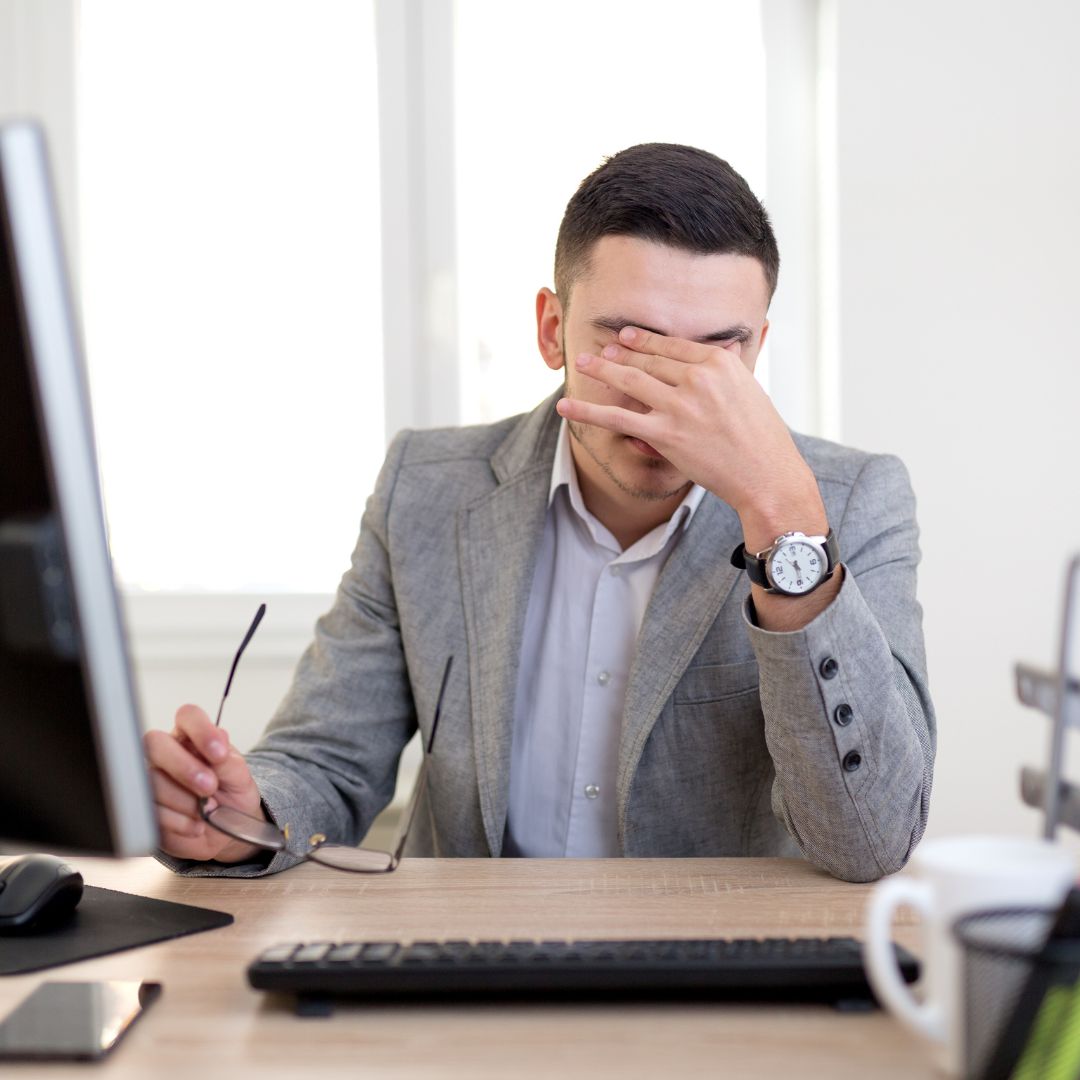How to help knee pain during running or exercise: Part 1 – The Hip
“MOVE WELL, MOVE OFTEN”
– The Foot Collective (TFC)
A common complaint we are receiving during this quarantine is knee pain during running or other activity. Somehow, both sitting at home for work and exercising are increasing during this strange time. It seems this increase in activity is a good thing, however, it is only good under the correct circumstances. For example, 30 minutes of exercise will not help the body overcome 8-10 hours of sitting. When we sit for 8 hours (and no, getting up to go to the bathroom or changing laundry does not count as moving) and then go run for 30 minutes, we are setting our body up for failure. This is a problem always, however, it is becoming more of an issue due to even stricter work habits with an increase in eagerness to get outside during quarantine. In part 1 of this blog, we will outline the prevalence of knee pain (patellofemoral pain syndrome [PFPS]) with recreational runners, how the hip plays a role and SIMPLE ways to set your body up for success!
Prevalence of knee pain during running?
A systematic review looking at the prevalence of leg injuries in recreational runners found the incidence of injury to be greater than 20%. They also found the most common site of injury to be the knee, with complaints including anterior (front) knee pain, deep ache, clicking, stiffness, swelling and more. Similar studies found the frequency of PFPS to be approximately 22%, with a 28% incidence in adolescents. Despite the typical quote “no pain, no gain” – this is NOT SUPPOSED TO HAPPEN. Pain is not natural. Our bodies should move pain free with safe levels of activity and exercise.
What is PFPS?
PFPS is an umbrella term for knee pain with no severe injury. For example, it does not include an ACL tear, meniscus tear, muscle strain, etc. It is a broad spectrum of acheness to typically the front or outside of the knee, but can often feel deep behind the knee cap as well. More often than not, the pain begins after exercise, walking or stairs and can coincide with increased swelling. Typically, PFPS is caused by muscle imbalances on the knee cap, meaning some muscles are tight and pulling it one way, while others are stronger/weaker – ultimately creating altered pull when the kneecap is moving. There are several contributing factors, but one major source is the hip.
How the hip plays a role in knee pain during running:
PFPS is highly researched due to its high incidence in the active community. It typically affects females over males, due to the difference in anatomy. Females have a wider pelvis which in turn plays a huge roll on hip -> knee -> foot alignment.
More often than not, the knee pain results from hip weakness and/or poor foot alignment during a single leg stance. When your leg hits the ground, whether it be during walking or running, your leg reacts from the foot all the way up the hip and core. If there is a dysfunction at any one of these locations, the joints surrounding them are forced to overwork and become injured. What joint is between the hip and the foot? THE KNEE! PFPS is not a result of a direct blow to the knee or snap/crackle/pop injury, but a breakdown of the knee slowly over time. Stretching and strengthening the hip can help prevent knee pain during running and exercise.
The hip and its muscle groups are some of the strongest in the body. There are three major muscle groups: (1) the glutes, (2) the hip flexors and (3) the hip rotators.
-
The glutes
The glutes are responsible mostly for hip extension – the act of bringing the leg behind the body. Hip extension is needed for ideal running and walking. When the leg goes behind the body, it creates tension in the front of the hip which in turn causes a reflexive contraction to bring the leg forward. Commonly, hip extension is limited because the front of our hip is tight. We will get more into the details of this later in the blog, however, if your hip cannot extend properly during walking or running, the knee is forced to act differently. The hip is built to be a mobile joint, while the knee is built to be a stable joint. As you can guess, when mobility is lost in the hip, the knee tries to overcompensate and it is not built to do so.
-
The hip flexors
The hip flexors are the group of muscles that bring the hip forward and/or knee up toward your chest. They are located in the front of your hip and as stated previously, the front of the hip is often very tight. This is because we sit way too often (still more to come on that! Be patient!) with our hips flexed at 90 degrees. Sitting 8-10 hours a day, we barely experience any hip extension. Tightness in the hip flexors often lead to what we call anterior pelvic tilt. When an anterior pelvic tilt is present, the glutes cannot fire properly, causing the knee to again have to work extra hard to complete active movements. Additionally, in order to complete efficient running form, the hip flexors have to be strong to bring the hip and knee up to toward the chest. This allows the foot and knee to hit the ground well and propel us forward.
-
The hip rotators
The hip rotators are located deep in the tushy. The most common muscle we hear about is the piriformis. The piriformis causes several pain patterns, but in this blog we will focus on how it can affect the knee. The piriformis and surrounding muscles externally rotate the hip. External rotation is the act of rotating outward (ex = right toes out to the right). If these muscle groups are tight or weak, the leg can fall inward (see image below) which alters the alignment when you hit the ground. When this happens, the infamous iliotibial (IT) band, which attaches to the hip and the outside of the knee, gets tight and painful. The IT band is a very common culprit of pain in the outside of the knee.

How can you help knee pain during running?
We recommend getting a physical therapy consultation, however, there are several “home remedies” to help decrease your knee during running.
STOP SITTING SO MUCH
Sitting is the worst thing we can do for our bodies. As humans, we are some of the most beautifully moving creatures when our bodies work right. We have opposable thumbs, we can throw a frisbee, we can squat, run, jump, etc. WE CAN DO IT ALL….. when we can move right. However, the average human sits approximately 10 hours/day. I’ve outlined just a few scenarios below.
-
- Work – 7-8 hours
- Car/Commute – 1 hour
- Eating breakfast/dinner – 30min
- Reading morning paper – 30min
- Watching television – 1 hour
As you can see, sitting is WAY more than just the work day. Walking and/or exercise for only 30 minutes, cannot counteract 10 hours of sitting. We have to be changing positions and moving all day long. Sitting is OK in doses (just like salt), however, we need to be more fluid. Below are suggestions on how to change positions more frequently throughout the day.
- For every 1 hour of sitting at work, stand and stretch at least 1 minute.
- When you are sitting, explore different seated positions. Cross one leg into figure-4 position, and then the other.
- Take conference calls while standing.
- Standing desk – even if you are standing long periods of time, make sure you are changing positions. For example, one foot in front of the other, wide stance, narrow stance, etc.
- Put a yoga mat in front of your TV and watch your shows in butterfly or the hip 90/90 position (see below)
Stretch often!
Click the links for videos of stretches to help counteract the consequences of sitting.
Practice balance and stability
When our hips aren’t aligned well, our muscles are unable to work well. When they are weak, they force others to work harder. As mentioned above, when the hip is weak and unstable – the knee is picking up a role it is not built to perform. Therefore, working on single leg stance and reactions are key. Click this link for easy balance exercises to perform at home. Finally, it is important to strengthening our hip abductors. Performing exercises such as hip hikes, clam shells, lateral walking – just to name a few – are crucial in developing balance and stability at the hip level.
TAKE HOME MESSAGES:
- MOVE WELL, MOVE OFTEN – do not simply sit all day because you feel you have to! Phone calls can be taken standing, TV can be watched while stretching, etc. Explore all the positions your body can be in – it can be beautiful!
- Improve Stability – Improving stability in our hips will take pressure off the IT band and knee during running and exercise. You can also practice standing on one leg while watching your favorite reality TV show! Strengthening your hip is an easy way to decrease knee pain during running.
- Do not push through pain – pain is not normal! If you have knee pain, take a look at how your hip is moving, or sign up for a physical therapy consultation to have a trained professional assess your body.
Stay tuned for PART 2. This will explain how ankle and foot mechanics can also decrease knee pain during running!




